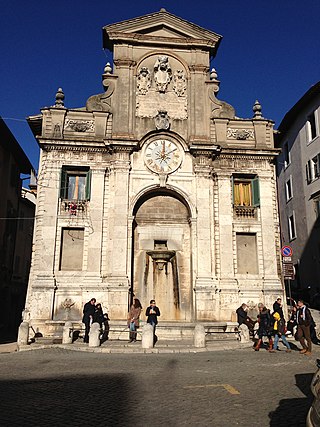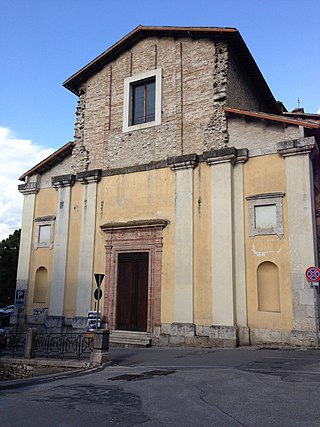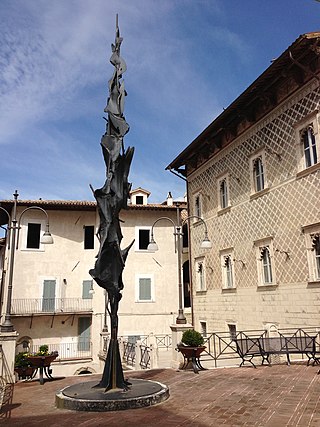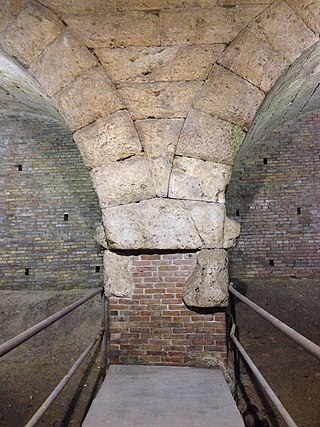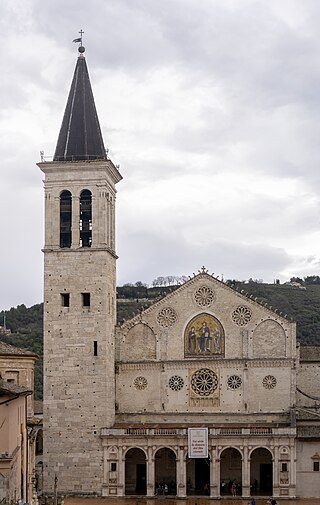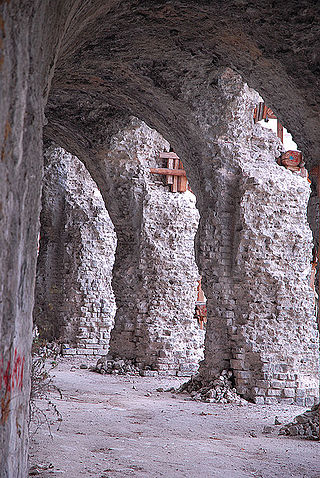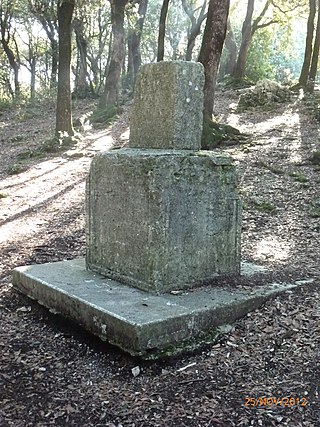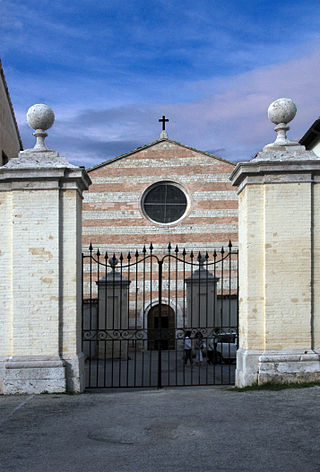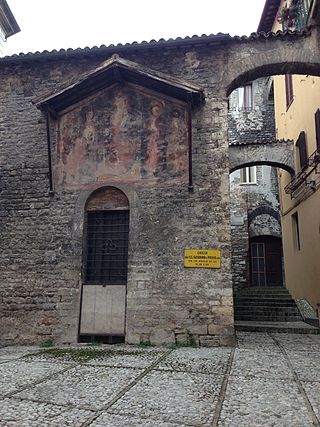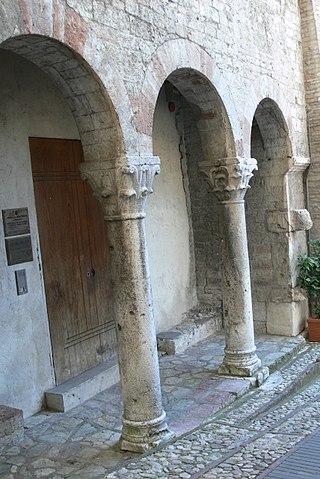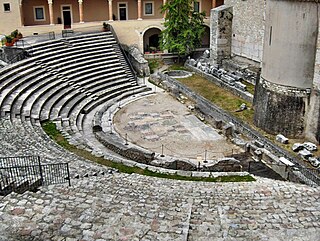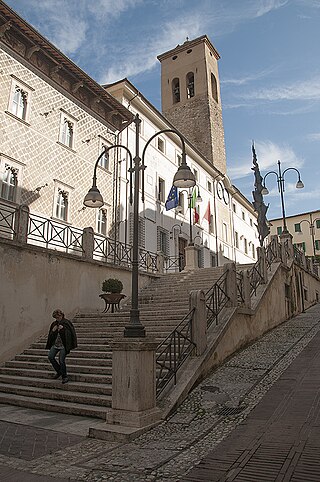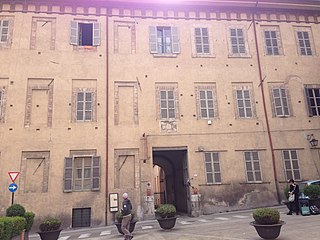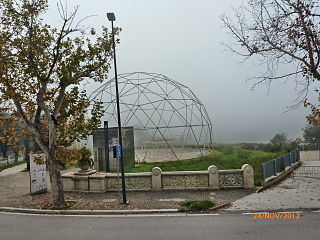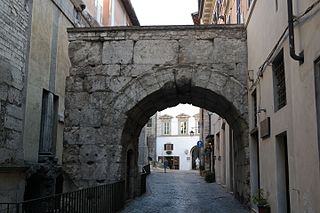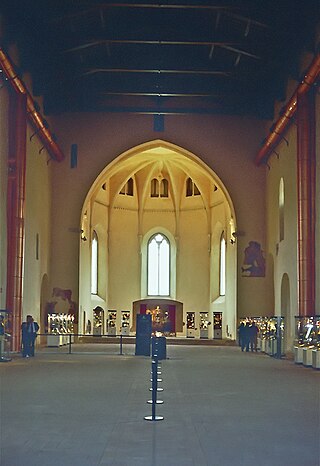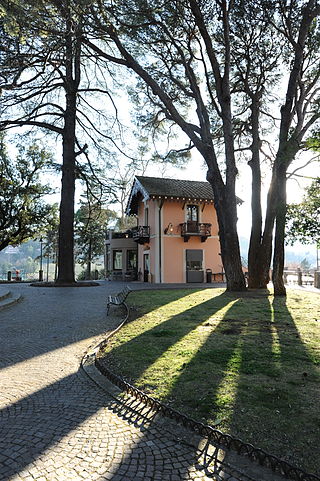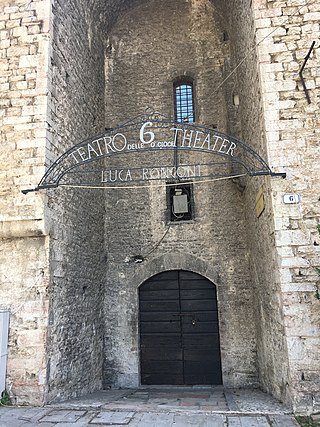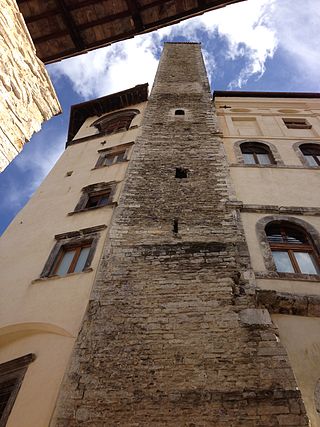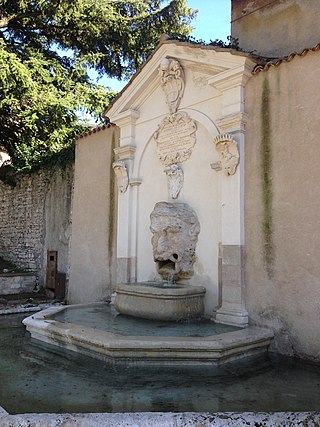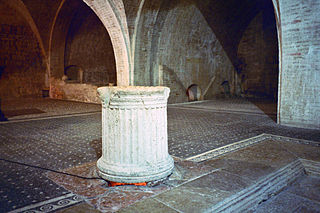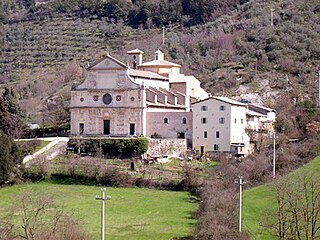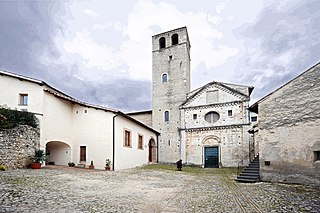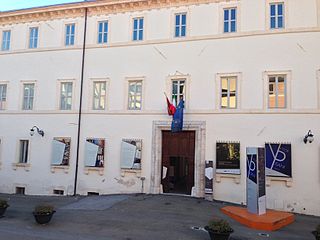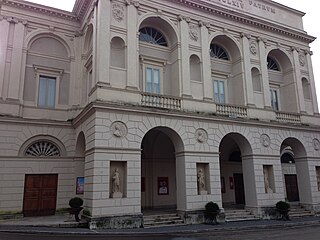25 Sights in Spoleto, Italy (with Map and Images)
Legend
Welcome to your journey through the most beautiful sights in Spoleto, Italy! Whether you want to discover the city's historical treasures or experience its modern highlights, you'll find everything your heart desires here. Be inspired by our selection and plan your unforgettable adventure in Spoleto. Dive into the diversity of this fascinating city and discover everything it has to offer.
Sightseeing Tours in Spoleto1. Fonte di piazza
The Fountain of Piazza del Mercato, also known as Fonte di Piazza, is located in Spoleto, in the square of the same name once called Piazza del Foro, a center of trade and commerce in Roman times, and today the heart of the historic center.
2. Madonna della Piaggia
The Church of Santa Maria della Concezione is located in Spoleto, in an area once occupied by the vegetable gardens of the Augustinian convent of San Nicolò. Locally it is also known as Santa Maria della piaggia. After the Unification of Italy it was reduced to military use and used as a warehouse by the Umberto I military district and later by the Municipality. Only in 2005 was it returned to worship.
Wikipedia: Chiesa di Santa Maria della Concezione (Spoleto) (IT)
3. Colonna del viaggiatore
Sculptures in the city was an open-air exhibition/set-up that saw the city of Spoleto transformed into a "Museum City" in the summer of 1962, as part of the fifth edition of the Festival of Two Worlds. It is one of the most salient episodes of international sculpture of the twentieth century.
4. Ponte Sanguinario
The Bloody Bridge is a bridge, a historical monument, located underground in the eastern area of Piazza della Vittoria in Spoleto, a few meters from the Porta Leonina and the Basilica of San Gregorio Maggiore. Access is made possible by a short staircase, bordered by an iron balustrade, which is buried under the street level.
5. Cattedrale di Santa Maria Assunta
Spoleto Cathedral is the cathedral of the Archdiocese of Spoleto-Norcia created in 1821, previously that of the diocese of Spoleto, and the principal church of the Umbrian city of Spoleto, in Italy. It is dedicated to the Assumption of the Blessed Virgin Mary.
6. Anfiteatro Romano
The monumental complex of the Amphitheater is located in a large area north of Spoleto, outside the first city walls, on the left bank of the Tessino stream. It occupies an area of about 17,000 m², a city within the city, which includes the remains of a Roman amphitheater, three large cloisters, gardens, courtyards and two former monasteries with their respective churches: the church of Saints Stephen and Thomas and the church of San Gregorio Minore or de griptis.
7. Lex spoletina
The Lex spoletina or Lex luci spoletina is an epigraphic document dating back to the last decades of the third century BC and the beginning of the second, engraved in archaic Latin on limestone. It consists of two inscriptions in which it is possible to read regulations imposed on the use of the woods considered sacred.
8. Chiesa di San Domenico
The church of Saints Dominic and Francis, better known as the church of San Domenico, is located in Spoleto, on the square of the same name, near Palazzo Collicola. It was once part of the Salamonesca vaita.
9. Chiesa dei Santi Giovanni e Paolo
The church of Saints John and Paul is located in the historic center of Spoleto, annexed to Palazzo Travaglini, in the ancient Vaita Filittèria, which in late medieval times was the Byzantine quarter of the city. It is a modest building of the Romanesque age that after the consecration, which took place in 1174, carried out parish functions.
10. National archaeological museum
The monumental complex of Sant'Agata is located within the archaeological area of Spoleto in the area between Via di Sant'Agata and Via delle Terme; it consists of the former monastery of Sant'Agata, the adjacent former church of the same name and the Roman Theater. It belonged to the vaita San Benedetto. They are exhibition venues, venues for temporary exhibitions, events and shows.
Wikipedia: Complesso monumentale di Sant'Agata (IT), Website
11. Teatro Romano
The Roman Theatre is a theatre building in Spoleto (Spoletium), dating back to the first century BC. It has a diameter of 114.40 meters, while the cavea measures about 70. It is located within the monumental complex of Sant'Agata.
12. Palazzo comunale
The Town Hall of Spoleto is located halfway between the forum, now Piazza del Mercato, and Piazza del Duomo, in an area where noble houses, private or representative residences have stood since ancient times. Its foundations rest in part on the area of the Roman House discovered by Giuseppe Sordini in 1885. After a long renovation completed in 2007, the building houses the institutional and political bodies of the city.
13. Museo del Tessile e del Costume
The Museum of Textiles and Costume in Spoleto is a museum site included in the Umbrian-Marche interregional network called Sistema museo. It was born following the donation of Lucia Portoghesi, in favor of the municipality of Spoleto, of her personal collection consisting of textile finds ranging from the fourteenth to the twentieth century.
14. Spoletosfera
Spoletosfera is a technical structure called a "geodesic dome", donated to the city of Spoleto in 1967 by the author/inventor the architect Richard Buckminster Fuller on the occasion of the X Festival of Two Worlds. At the same time, Giovanni Carandente set up a solo exhibition by Fuller entitled: "Fuller's structures: 40 years of architectural research, 1927-1967".
15. Arco di Druso e Germanico
The Arch of Drusus and Germanicus is a Roman arch of the early first century located in Spoleto, close to the Roman temple and the church of Sant'Ansano. It was the monumental access gate to the city's forum from the Via Flaminia, bypassing the maximum hinge. It belonged to the vaita Frasanti.
16. Chiesa di San Nicolò
The monumental complex of San Nicolò is located in Spoleto, downstream of the city cathedral, in an area of late-medieval urban expansion. It includes a former church, a former convent, and two cloisters. Between the fourteenth and eighteenth centuries the church was considered one of the most important sacred buildings in the city and the adjoining convent was the seat of an active cultural center. After the restoration of the entire architectural complex, which took place in the 60s of the twentieth century, the building served as a theater, an exhibition center and a conference center.
17. Casina dell'ippocastano
The Casina degli ippocastani, or Casina dell'ippocastano, is a small Alpine-style building erected around 1880; it is located in the public gardens of the historic center of Spoleto, at the crossroads between Via Martiri della Resistenza and Viale Matteotti, in front of the Spoletosphere.
18. 6 o'clock theatre Luca Ronconi
The Teatrino delle sei is located in the historic center of Spoleto. It owes its name to the time at which the shows hosted in the first editions of the Festival of Two Worlds began. For a period it was also called the Teatrino delle sette.
19. Torre dell’Olio
The Oil Tower is an ancient tower of thirteenth-century origin located in the historic center of Spoleto; it is incorporated into Palazzo Vigili, near the Porta Fuga. It belonged to the vaita Grifonesca. With a height of 45.50 meters, it is the tallest tower in the city. It is entirely privately owned, divided between 5-6 owners. It cannot be visited.
20. Fontana del Mascherone
The Fountain of the Mascherone, also known as the fountain of San Simone, is a fountain in Spoleto, Italy, in Piazza Bernardino Campello. It is leaning against the wall near the thirteenth-century former church of Saints Simon and Jude.
21. Casa romana
The Roman House of Spoleto, dated to the beginning of the first century AD, is a stately home discovered by the Spoleto archaeologist Giuseppe Sordini in the years 1885-1886 and excavated several times until 1914. It is located partly under the Town Hall square and partly under the Town Hall of which it occupies the foundations.
22. San Pietro extra moenia
San Pietro extra moenia is an ancient Roman Catholic church in Spoleto, Umbria, Italy. Remarkable examples of Romanesque sculpture adorn the facade. The term extra moenia refers to its location outside the city walls.
23. San Ponziano
San Ponziano is a romanesque-style, Former-Benedictine monastery and church located in Spoleto, Province of Perugia, region of Umbria, Italy. The site is dedicated to St. Ponziano, the patron saint of Spoleto.
24. Galleria d'arte moderna Giovanni Carandente
The Palazzo Collicola is a museum named in memory of Giovanni Carandente located inside Palazzo Collicola, an eighteenth-century building that occupies the entire western side of the square of the same name in the historic center of Spoleto. Inaugurated in 2000, it was then refitted in 2019. Together with the Burri Collection in Città di Castello, it is the most important museum of contemporary art in Umbria. Before 2009 it was called the Civic Gallery of Modern Art. After Gianluca Marziani (2010-2018), the direction passed into the hands of the critic and art historian Marco Tonelli (2019-2023), who was Carandente's collaborator. In May 2023, after a special selection, the position was given to the new director Saverio Verini, Umbrian curator and art historian.
Wikipedia: Museo Carandente, Palazzo Collicola - Arti visive (IT), Website
25. Gian Carlo Menotti theatre
The Teatro Nuovo Gian Carlo Menotti is an Italian-style theater located in Spoleto; since 1947 it has been one of the venues of the activity of the Teatro lirico sperimentale. Inaugurated in 1864 on a project by Ireneo Aleandri, it has undergone successive renovations over the decades and its actual capacity is about 800 seats, making it the largest Italian theater in Umbria.
Share
How likely are you to recommend us?
Disclaimer Please be aware of your surroundings and do not enter private property. We are not liable for any damages that occur during the tours.
